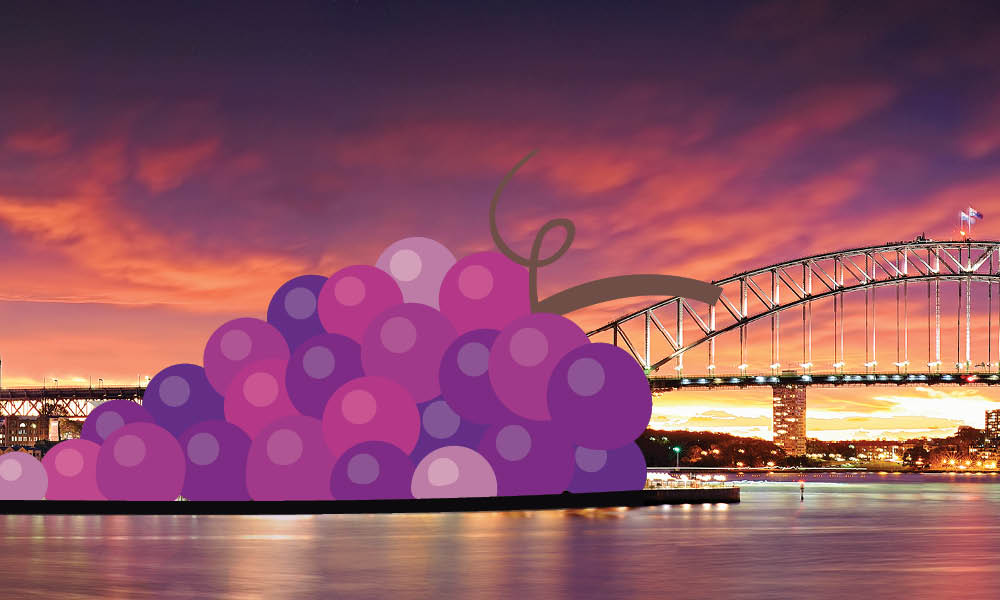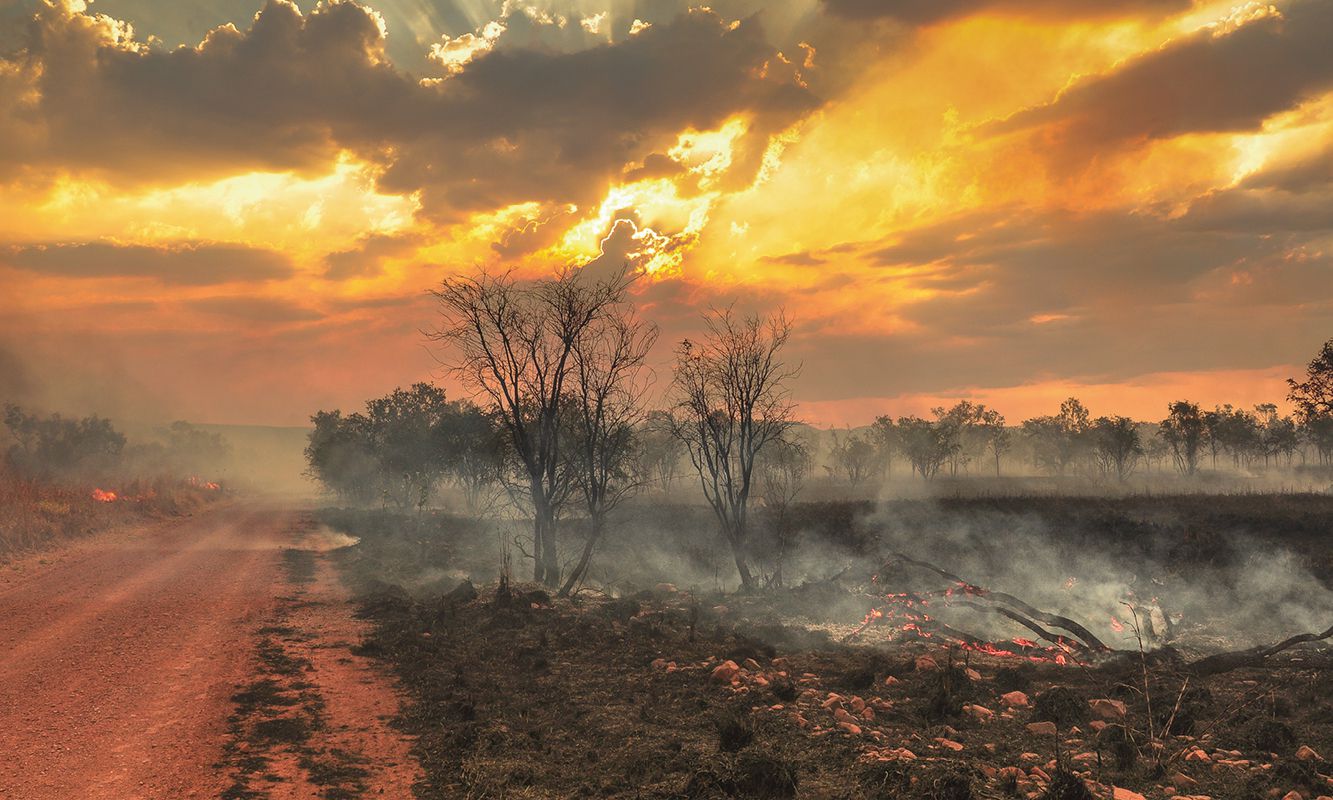This content has been archived. It may no longer be relevant
The wine world is a mad mix of hype, fashion, tradition, hard graft and the fickle cycle of nature.
It relies on the deft care of the vigneron and the artful intervention of the winemaker.
Through all of this random chance sometimes comes something great – an icon. It might be a pairing of variety and location, or the product of a single producer, but icons in the wine world are regarded as representative symbols and worthy of veneration.
The Europeans are awash with iconic wines based on their long experience of matching place and vine to the magical symbiosis of terroir – that mythic and expensive concept of a wine which expresses the place it comes from.
But, the EU appellation system for making wine is so wedded to celebrating place and so rigorously guarded and defended that their icons tend to be more places and styles than producers. While it is hardly surprising when wine-making is both ancient and ubiquitous in much of Europe, does the name of the producer of the finest prosecco come easily to mind? Or the best example of Rioja or Barolo?
In Australia our road has been very different. Our wine industry started as a product of colonial mixed-use farming properties where the name on the gate was a better indication of quality than the location of the vines.
This philosophy still holds true today in many respects, as our larger wine brands tend to produce a broad portfolio of wines from varying regions and styles. A consumer can put a certain amount of trust in any offering from Penfolds, Henscke, Hardys, Wolf Blass, Tyrells, McWilliams, De Bortoli, Brown Brothers, Yalumba and many others. These companies bring us many of our super iconic wines such as Penfolds Grange, Henscke Hill of Grace, Wolf Blass Black Label, Tyrells Vat 1 Semillon.
Time and experience are relentless however, and greater experience of sites and varieties has identified natural affinities between certain varieties and locations. Similar to the European experience, we are developing Australian icons, hesitantly even terroirs, where that magical symbiosis of land, vine variety and people produce something remarkable.
For its ill-fated centenary in 2020, QANTAS chose to partner with various Australian winemakers to celebrate the iconic pairings of vine and place by supporting the production of special wines. The clever selection demonstrated perfectly that Australian wine icons can be both pairings and brands. In their mixed case, for example, they chose:
- First Creek Hunter Valley Semillon 2019
- Jim Barry Clare Valley Riesling 2019
- Yering Station Yarra Valley Chardonnay 2018
- Voyager Estate Margaret River Cabernet Merlot 2018
- SC Pannell McLaren Vale Grenache 2019
- Seppeltsfield Barossa Shiraz 2018.
While these wines are from excellent and established producers, the pairings all represent classic and iconic Australian wines. Beyond the QANTAS six, there are more iconic Australian pairings and probably even more debates to be had as new vine regions hit their straps.
At the risk of starting a fire, I have nominated my take on the most iconic Australian wines:
Sparkling
- Tasmanian sparkling wine
- Seppelt sparkling shiraz
- Barossa sparkling red wine
White
- Eden and Claire Valley rieslings
- Hunter Valley semillon
- King Valley pinot grigio
- Margaret River semillon/sauvignon blanc blend
- Margaret River and Yarra Valley chardonnays
- Tahbilk marsanne
Red
- Melbourne Dress Circle and Tasmanian pinot noirs
- McLaren Vale old vine grenache
- Barossa Grenache shiraz mourvedre blends
- Rutherglen durif
- Canberra district shiraz viognier
- McLaren Vale and Barossa shiraz
- Margaret River cabernet merlot
- Coonawarra cabernet sauvignon
Sweet
- Tasmanian iced riesling
- Griffith botrytis semillon
- Rutherglen muscat
- Barossa tawny and para liqueur port
These wines include some of the best wines our country produces and may ultimately become recognised as part of an Australian appellation scheme for location and style. What more fitting way to venerate our icons?













Share this article